Where would the world be without amateur psychology? The true art of amateur psychology is to affix your father's face on every boss, ex-girlfriend and ex-you’ve ever prayed to and decide to call it “a pattern".
And yet, a dysfunctional relationship between sons and fathers is so often and strikingly present in almost every damaged male-type person, at what point does it stop being amateur psychology and become a grand theory imprinted in capital letters on art, history and social science?
This naturally makes you think, obvs, of US President Donald Trump. AND his functionary, Elon Musk. It's an inescapable marker that two of the most prominent people of the day both have daddy issues. And I am willing to bet the list in the Trump administration does not stop there.
How so, you ask? OMG, in absolutely every way. And by that, I don’t mean only negative, one of the curiosities about the Jungian “father wound” issue is that it can result in amazing out-performance in life.
I often say to my friends that in some ways my father was classically absent, abusive, and emotionally unavailable, aiding in my own lifelong identity struggle and all the rest. But the big problem for me was not that he messed me up, it was that he didn’t mess me up enough. Otherwise, I too could have become rich or famous or, God forbid, a leader in politics and finance. Evidence Messrs. Trump and Musk Esq, the President of the United States and the World’s Richest Man.
My working theory about father-son dysfunction is that generally, it's benign. The Father of Psychology Sigmund Freud claimed that all men wanted to kill their fathers, which is, you know, slightly extreme in my unlettered view. But when father-son dysfunction hits a certain pitch, it really can be damaging. And powerfully motivating. And super activating.
And that’s probably because it isn’t a psychological problem in the biological sense, although I supposed it can become one. But generally, it's more of a learned pattern-of-behavior kind of problem. And some of that problem is set up by virtue of the relationship itself: two testosterone-filled people in close proximity for extended periods, one dominant with all the advantages of financial and physical prowess; the other resentful of the above, straining against the bonds of filial duty and underlying competition.
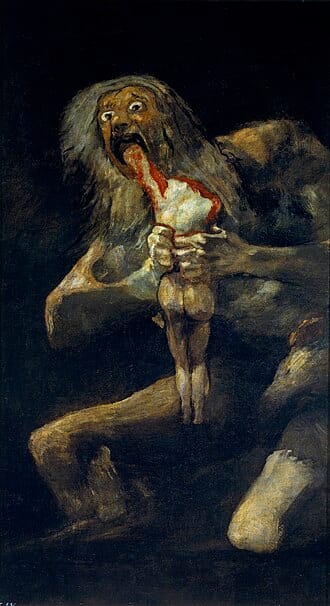
It's so classic, it is Classic. The Greek version of the creation of the Titanic world has, among other things, Cronus castrating his father and eating his children. That is until Zeus was hidden by his mother Rhea (starting the long tradition of moms always taking their son’s side), then grew up, challenged his father and won. Zeus naturally started eating his children, extending a mythic pattern of paternal anxiety and generational conflict.
This gives rise to many things, including great art - Oedipus Rex, Hamlet and Star Wars - and great poetry. My favourite is Sylvia Plath’s “Daddy”:
Daddy, I have had to kill you.
You died before I had time—
Marble-heavy, a bag full of God,
And then of course the classic Philip Larkin, “This Be The Verse”
They fuck you up, your mum and dad.
They may not mean to, but they do.
They fill you with the faults they had
And add some extra, just for you.
But when it comes to Donald Trump and Elon Musk, how far can we go down this stony lane, since we might think we know more about the motivations of famous people than we actually do? I'd say, surprisingly far since the public record is so extensive.
When it comes to Trump, we have his niece Mary L. Trump's book, Too Much and Never Enough: How My Family Created the World's Most Dangerous Man, more poignant for the fact that Mary Trump is a psychologist and writer. And boy does she gets stuck in.
Fred Trump was a successful real estate mogul in New York’s outer boroughs, known for his ruthless business acumen and his preference for toughness over empathy. He demanded control, loyalty, and, above all, performance. He didn’t hug his children; he appraised them. And Donald, the chosen son, learned the rules quickly: never admit weakness, never apologise, and never stop winning.
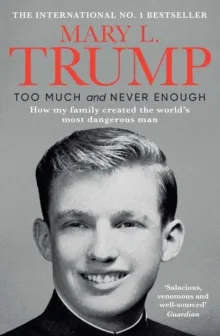
According to the reviews, Mary Trump wrote that Donald’s pathologies “are so complex and his behaviours so often inexplicable that he presents as a unique figure. But he was made by his father, Fred, and my grandfather’s cruelty and neglect created the man who now threatens the world’s health, economic security, and social fabric”.
And also: "Freddy [Donald’s older brother] was destroyed by my grandfather’s cruelty and Donald’s indifference. Freddy’s suffering and eventual death from alcoholism at 42 was the direct result of the family’s contempt for weakness”. Fred, Trump’s father, destroyed Donald, too, but not by snuffing him out as he did Freddy “Instead, he short-circuited Donald’s ability to develop and experience the entire spectrum of human emotion."
In another passage, she says "Financial worth was the same as self-worth, monetary value was human value. The more Fred Trump had, the better he was. He would pass that attitude on to Donald in spades." And consequently, “The only way Donald knows how to survive is to attack, distract, and deny. He will burn everything down before he ever looks weak."
Doesn’t this all strike you as not only true but as a capital-T Truth in an explanatory kind of way? Trump's grandiosity is a defence mechanism against deep shame; his endless pursuit of media adoration to fill an emotional vacuum; his transactional approach to the world, and his bubble of irrepressible self-righteousness.
When it comes to Musk, we don’t have to look to a third party for insight; the problem is outlined extensively by the man himself. In his 2017 Rolling Stone interview, Elon Musk spoke candidly about his father, Errol Musk, describing him as a "terrible human being" and stating, "Almost every crime you can possibly think of, he has done. Almost every evil thing you could possibly think of, he has done."
It wasn’t clear at the time, but it became so later because the UK Daily Mail, never one to be coy with the sleaze, revealed five years ago that Errol fathered a son with his stepdaughter when he was 72. Jana Bezuidenhout was 42 years his junior at the time. The publication reported that Elon went ''berserk'' when he learned that his half-sister Jana, who lived with him as a youngster, was having his father's child. Well, that didn’t stop Jana; they subsequently had another child.
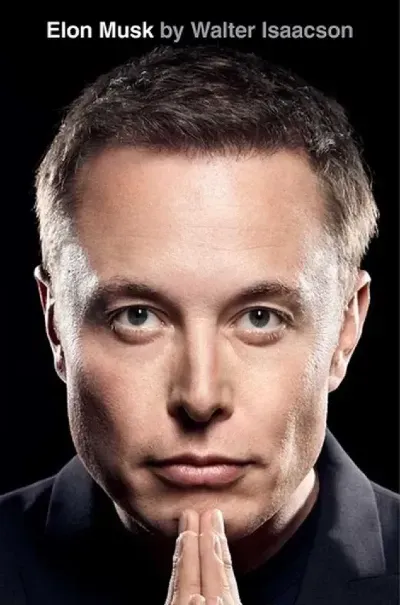
Walter Isaacson doesn’t flinch about this issue in his biography of Musk, saying, Elon was reportedly deeply disturbed by his father's "uncomfortably attentive" behaviour towards Jana when she was 15, further straining their relationship.
I mean, how Oedipal can you get?
Isaacson portrays Errol as a "Jekyll-and-Hyde" figure—charming and charismatic at times, but also capable of dark and abusive behaviour. Isaacson recounts a particularly harrowing incident from Elon's childhood: after being severely bullied and hospitalised, Elon returned home only to face further trauma. Instead of offering comfort, Errol subjected him to a two-hour-long verbal assault, calling him a "loser" and blaming him for the bullying.
It's interesting to note not so much how the fathers of Trump and Musk affected their sons in similar ways, but in ways that are profoundly different.
Fred Trump was a builder and authoritarian and Trump’s reaction to him has been emulation. His coping mechanisms are bluster, denial, and dominance.
Error Musk was manipulative and an engineer and Musk’s response was rejection with an emulative twist in his relentless focus on engineering. Elon’s coping mechanisms have been obsessiveness, hyperwork and emotional detachment, as his various wives have complained about over the years.
But one rather large caveat: we know a lot about Trump and Musk because they are such public figures and you can read much about a person’s character in their actions. And we know almost too much about their actions.
But we don’t know everything. There is a slippery ease in ascribing the son’s failings and shortcomings, as successes for that matter, to their fathers. We are not all ruthlessly determined by our past,
At least some of what they do is on them. 💥
From the department of stuff we know about, but also dread...
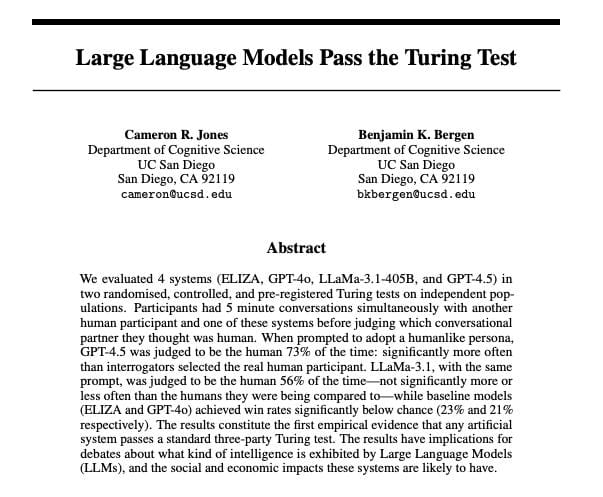
From the department of, well, that's what happens if you put your head in the sand!
From the department of great, but could we not have just just one spell?
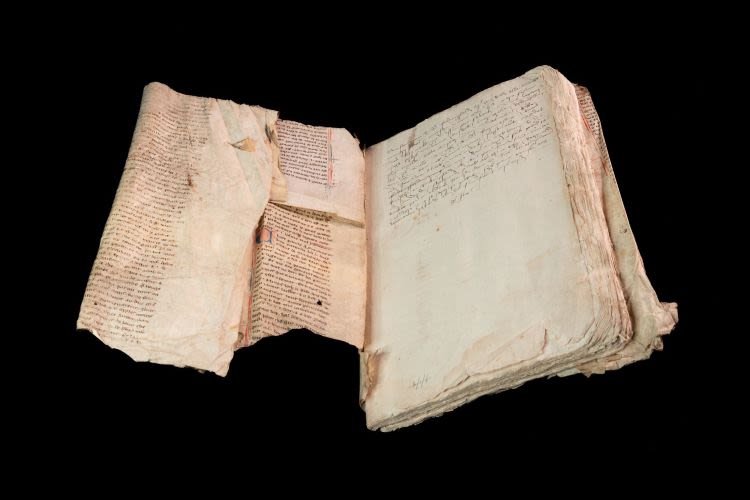
From the department of people with waaay too much time on their hands ...
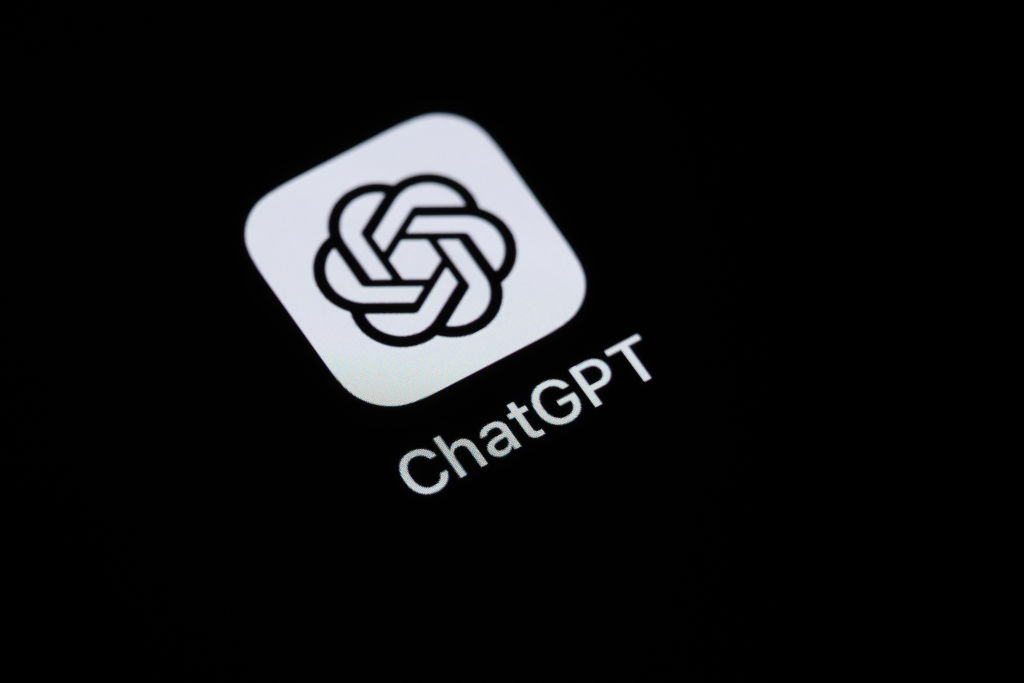
From the department of why you should keep your old smartphone ...

Thanks for reading - please do share if you have a friend (or enemy!) you think would value it, and ask them to add their email in the block below - it's free for the time being. Till next time. 💥




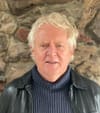
Join the conversation